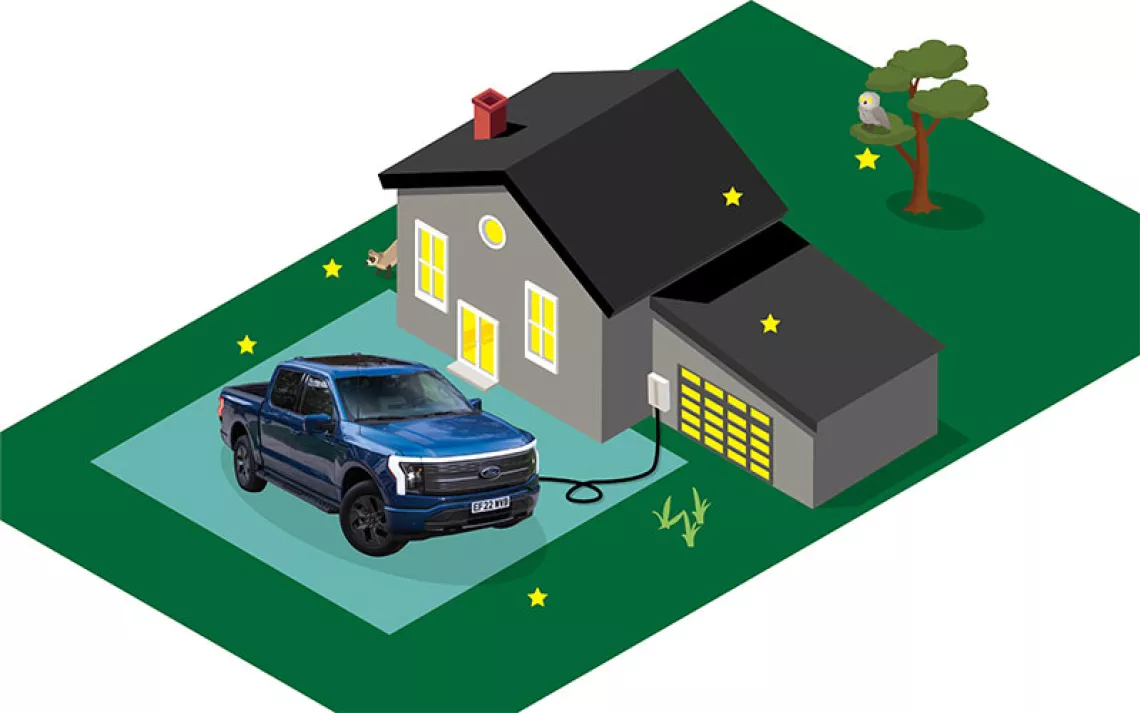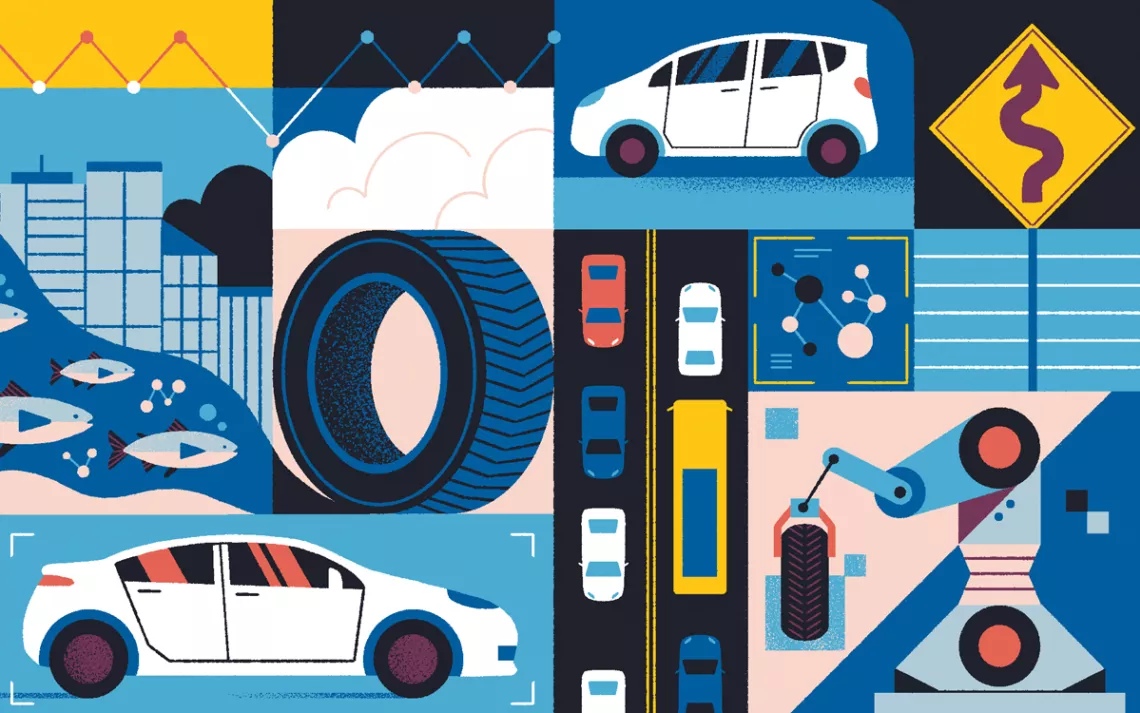Kiss Your Gas Goodbye
Want to know more about advances in battery development for electric vehicles? Read How Far Can We Go? to learn how scientists are going beyond lithium-ion technology and leading the charge on battery range.
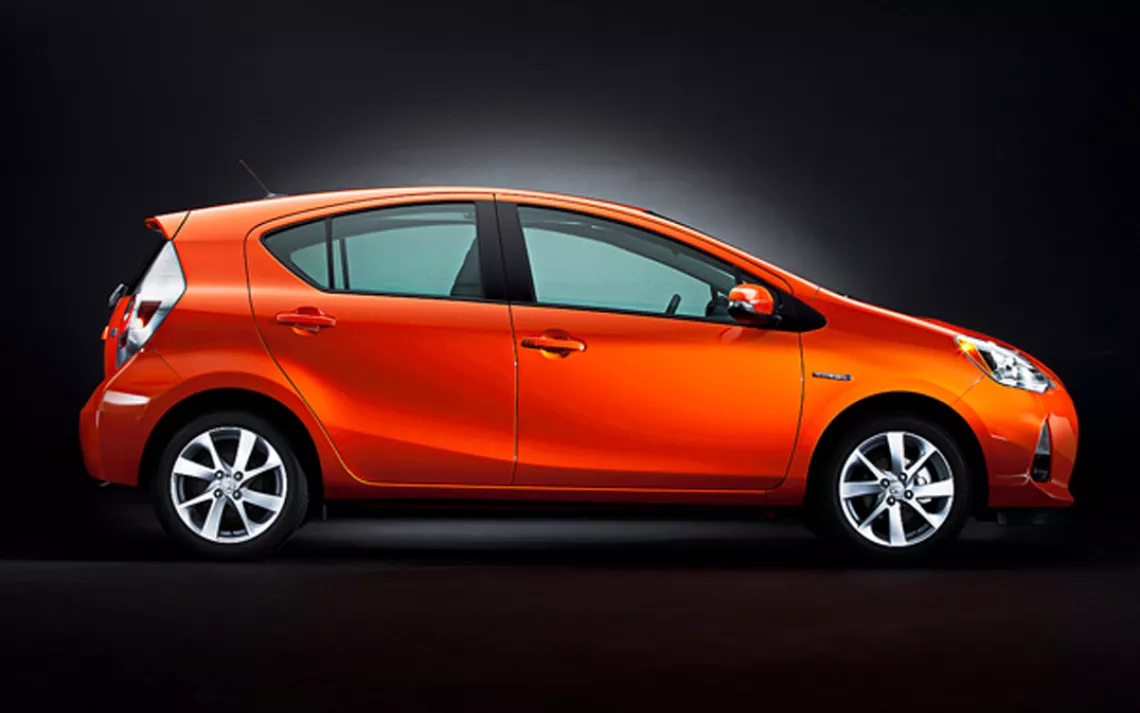
If you're looking for ways to reduce your family's environmental impact, head for your garage. Vehicles produce more than half of a typical household's carbon dioxide emissions, spewing between 5 and 9 tons of CO2 into the air each year. As horrific as that sounds, it's a pollution source that any driver can reduce single-handedly. The easiest thing is to drive less: walk, ride a bike, or take public transit. And when you do drive, choose a car that relies on battery power (which produces no tailpipe emissions) to supplement gasoline power or replace it altogether. Dozens of models are on the market. Here's what's good, better, and best for the environment when it comes to cars.
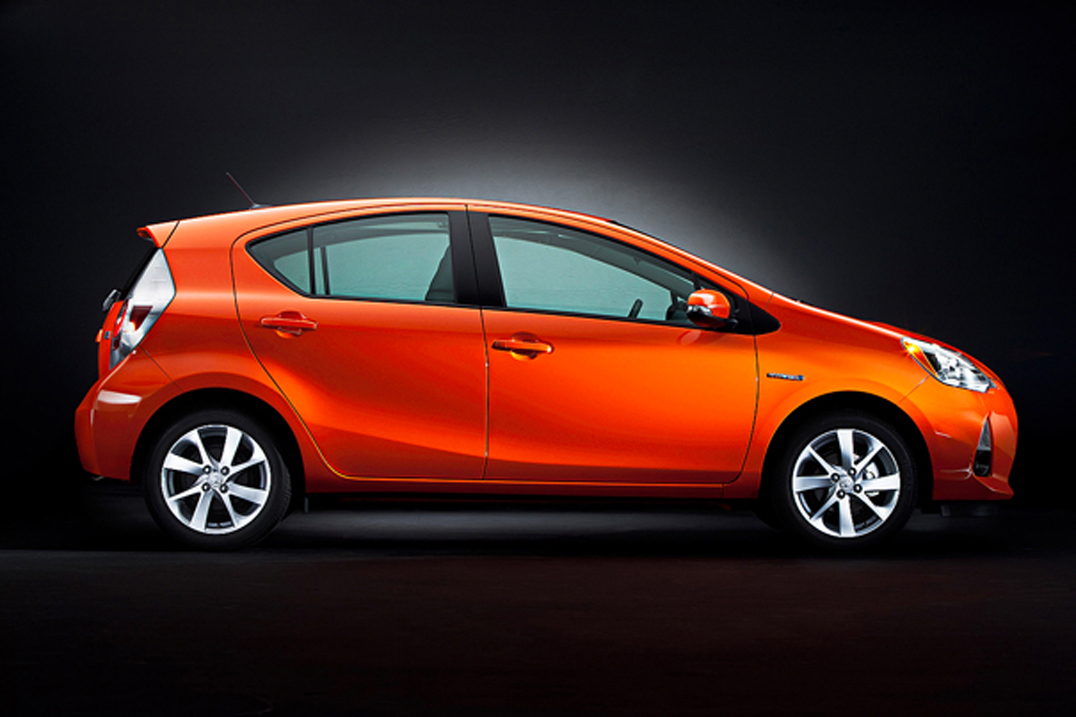
Toyota Prius
Hybrids
HOW THEY WORK An electric motor assists a gasoline engine to produce relatively high mpg.
WHAT THEY COST From $19,000 for the 50 mpg Toyota Prius c to over $56,000 for the 21 mpg Chevrolet Tahoe SUV.
MODELS AVAILABLE More than 40.
ADVANTAGES
- You can refuel at any gas station.
- Regenerative brakes boost the small battery's capability.
- They're ubiquitous: Toyota's Prius, introduced in the United States in 2001, is the best-selling car line in California.
DISADVANTAGES
- Gasoline is still your primary fuel source, so you won't win any Environmentalist of the Year awards.
- Cheaper gas-powered models from Ford, Mitsubishi, Nissan, and Toyota come close to hybrids in mpg.
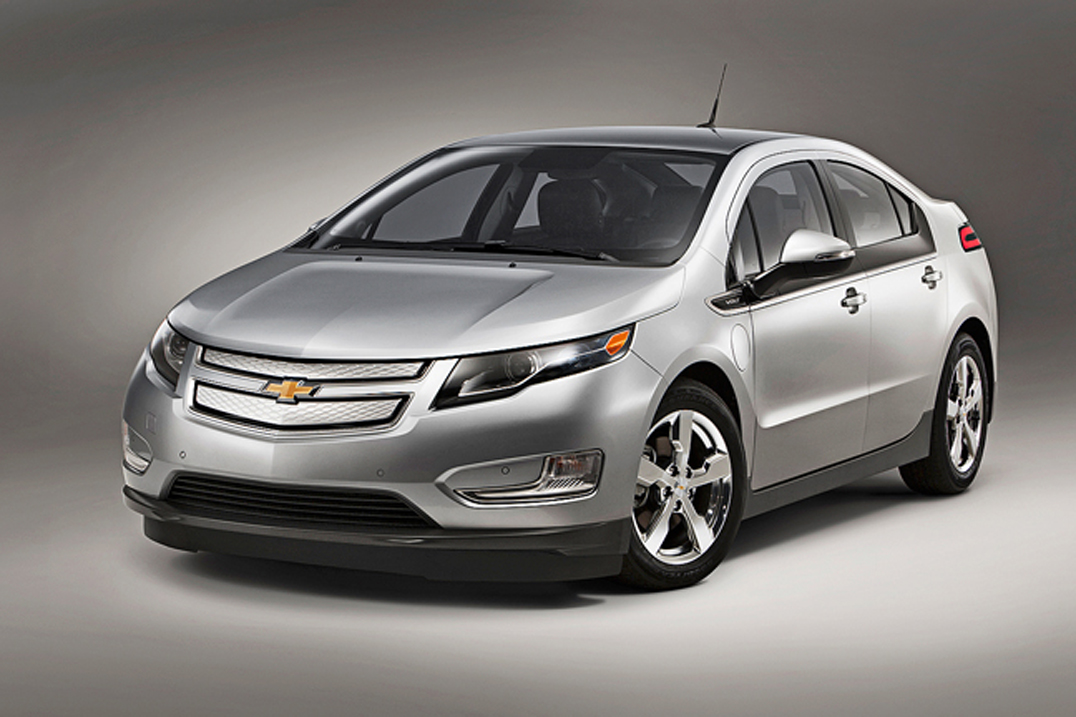
Chevrolet Volt
Plug-in Hybrids
HOW THEY WORK Rechargeable battery power propels the vehicle for as few as 11 miles (Toyota Plug-in Prius) to as many as 38 miles (Chevrolet Volt) before a gasoline-powered engine kicks in. The cars' regenerative brakes and judicious "hypermiling" can help a driver beat those numbers.
WHAT THEY COST Most are $30,000 to $40,000 (except Cadillac's $76,000 ELR luxury coupe), before a federal tax credit from $2,500 to $7,500 and state incentives.
MODELS AVAILABLE 6
ADVANTAGES
- Depending on your commute length, driving habits, and dedication, you may be able to drive gasoline-free for days at a time, charging the battery as needed.
- The gasoline-powered engine makes long-distance trips convenient and eliminates the "range anxiety" that all-electric cars sometimes produce.
DISADVANTAGES
- The pollution-free electric miles get gobbled up quickly.
- They're pricier than gasoline-only or hybrid equivalents.
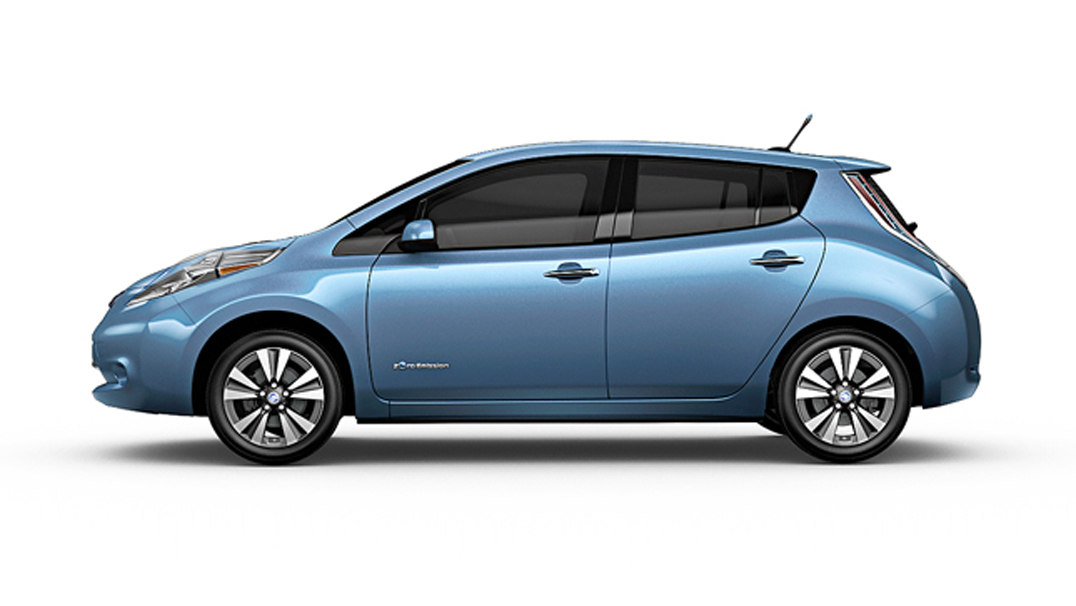
Nissan Leaf
Battery Electrics
HOW THEY WORK An electric motor powered by a rechargeable battery pack (and regenerative brakes) propels the car.
WHAT THEY COST From $20,000 (Smart ForTwotwo-seater) to around $100,000 (Tesla S), before a $7,500 federal tax credit and state incentives.
MODELS AVAILABLE 9 (some are available only in California and other states with zero-emissions mandates).
ADVANTAGES
- You will never buy gasoline again, or emit air pollution as you drive.
- A battery-powered car accelerates more quickly and needs far less maintenance than a gasoline equivalent.
DISADVANTAGES
- Recharging is time-consuming. (A growing network of "fast charger" stations reduces your wait time from several hours to around 30 minutes.)
- If a large percentage of your utility's electricity comes from coal (as it does for 17% of the population), your EV may be no greener than a hybrid. But, EVs are the only type of car that gets cleaner over time as utilities switch to renewable power sources.
For more information on plug-in vehicles, check out the Sierra Club's interactive Electric Vehicle Guide, where you can learn about individual cars, calculate how much CO2 and money in fueling you could save, learn what EV buyer incentives exist in your area, and find out where to buy an EV.
 The Magazine of The Sierra Club
The Magazine of The Sierra Club

